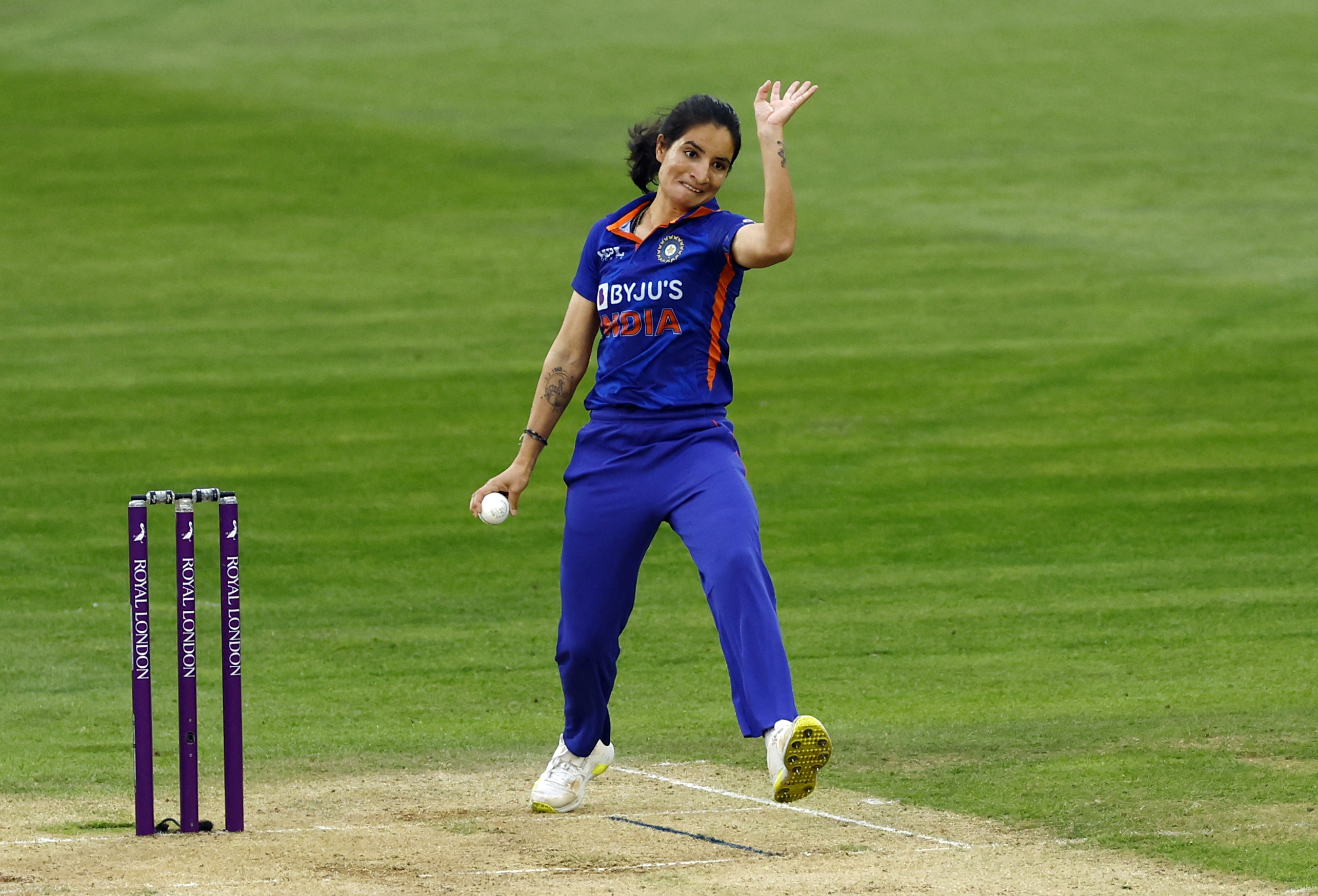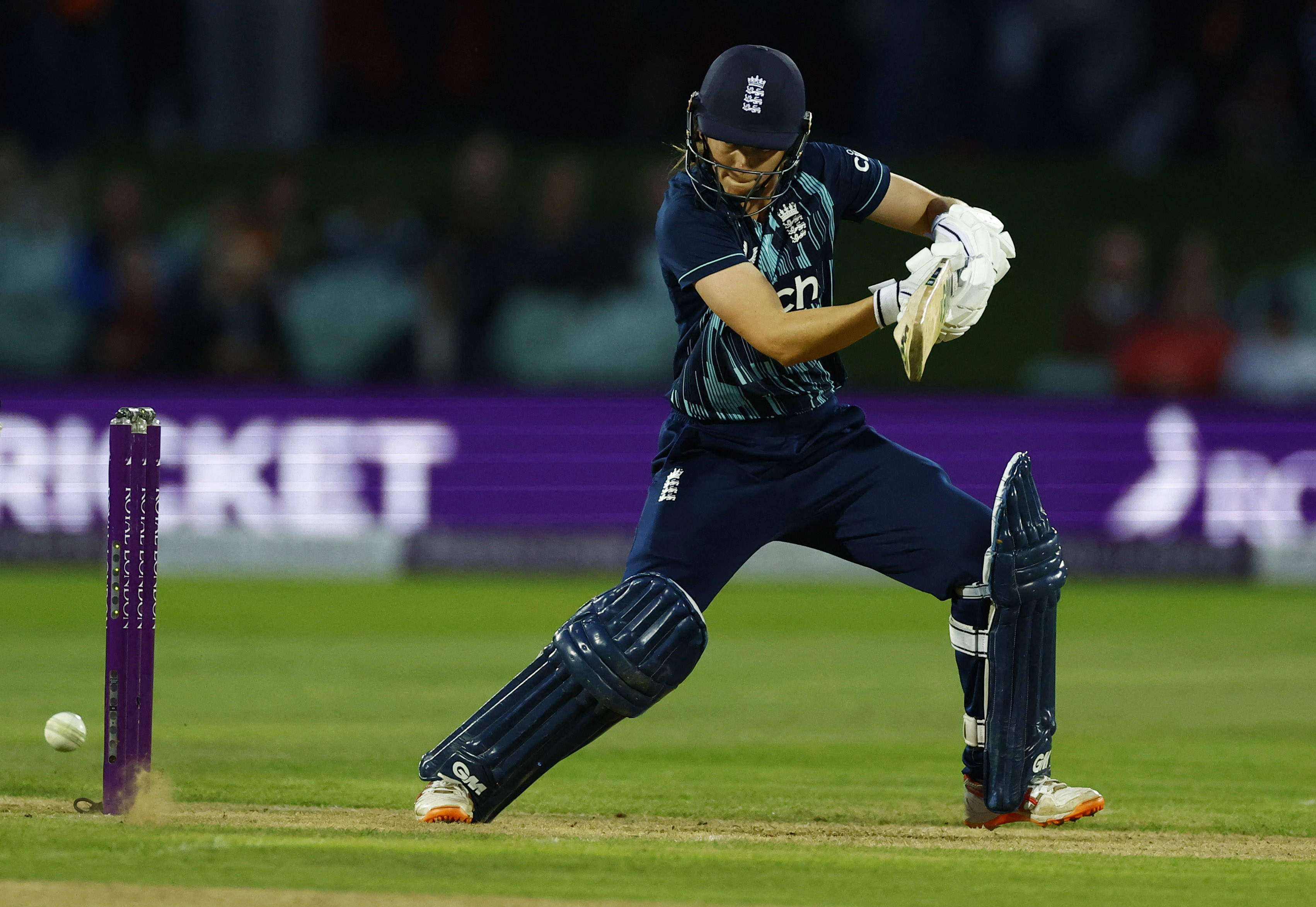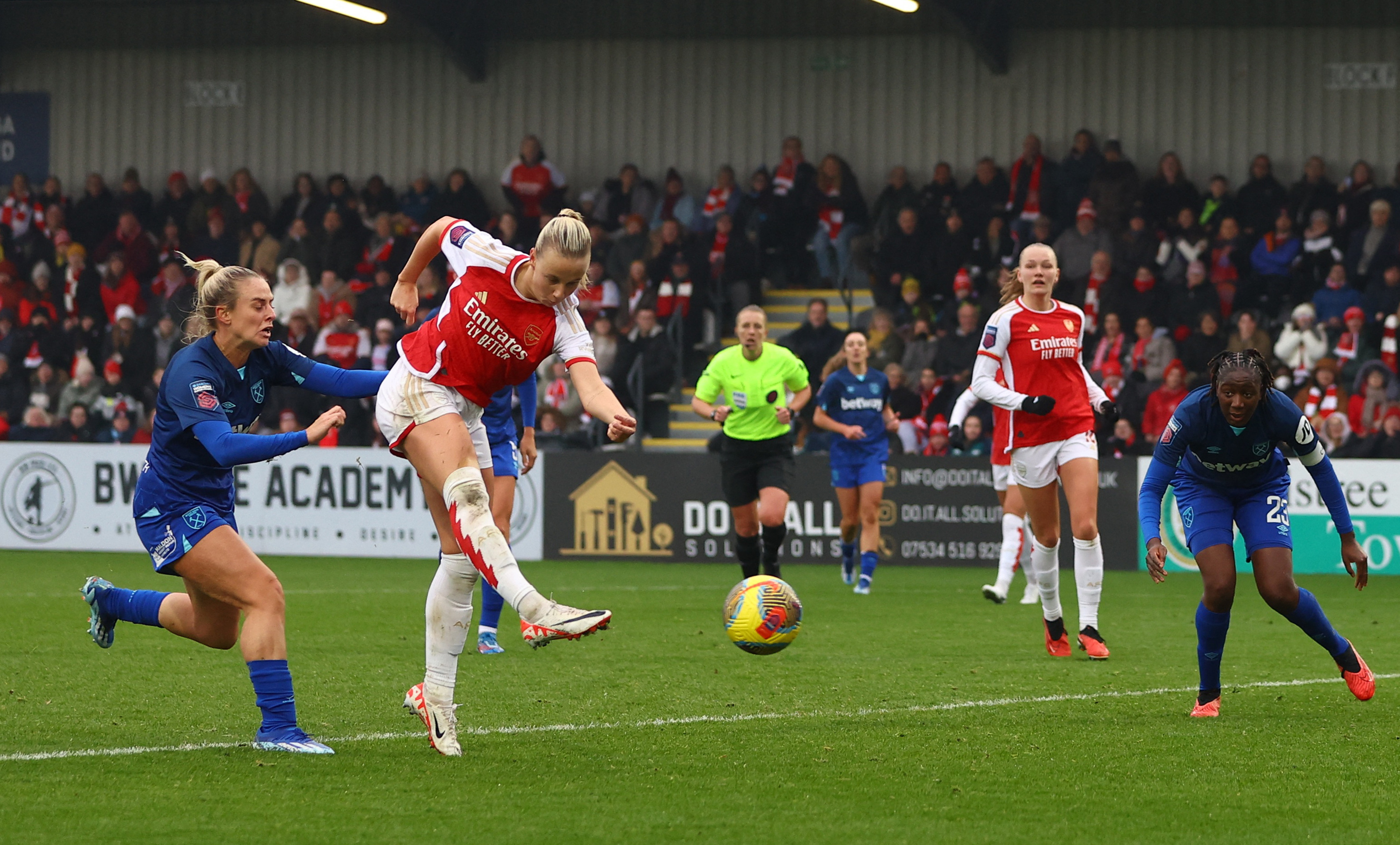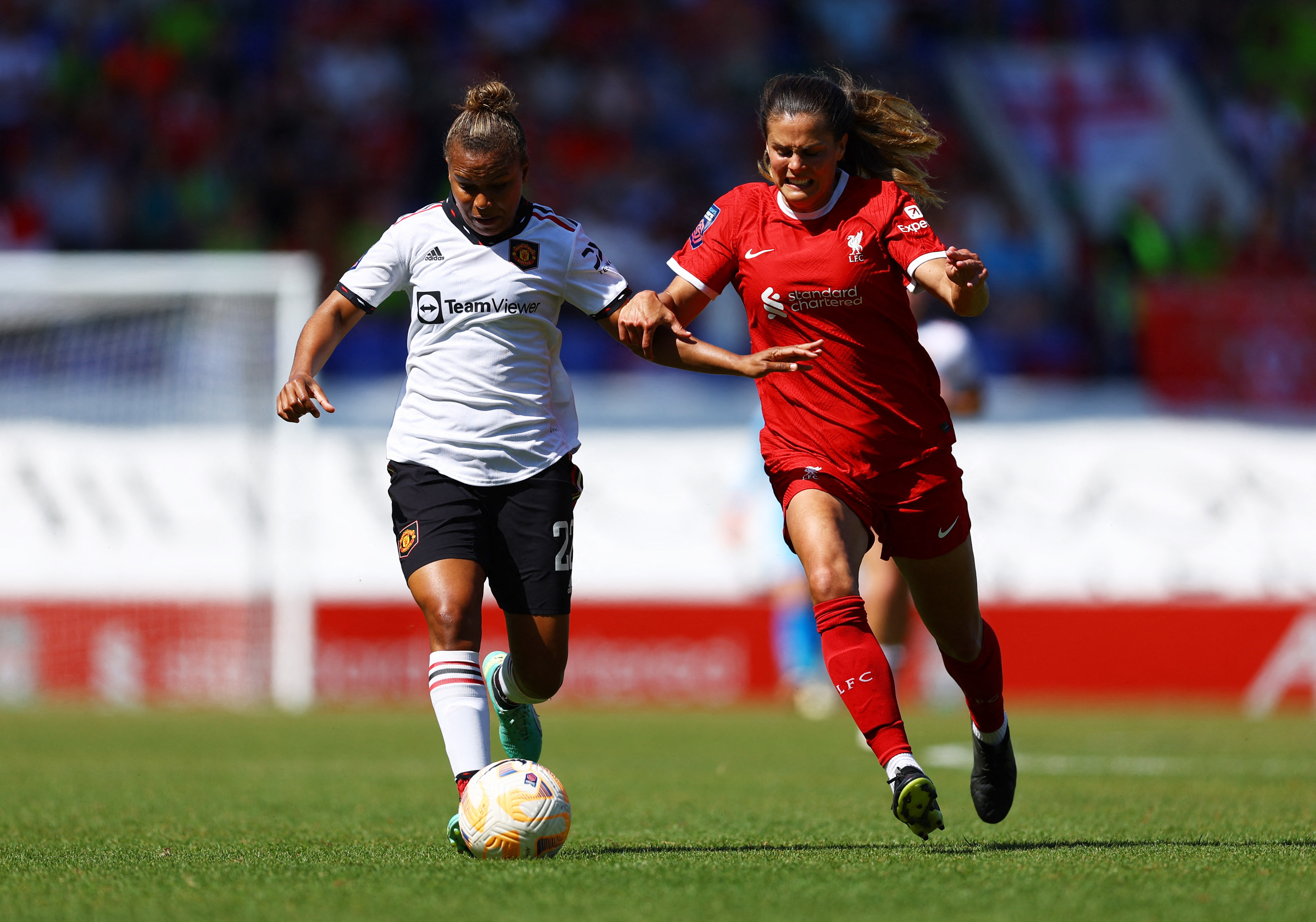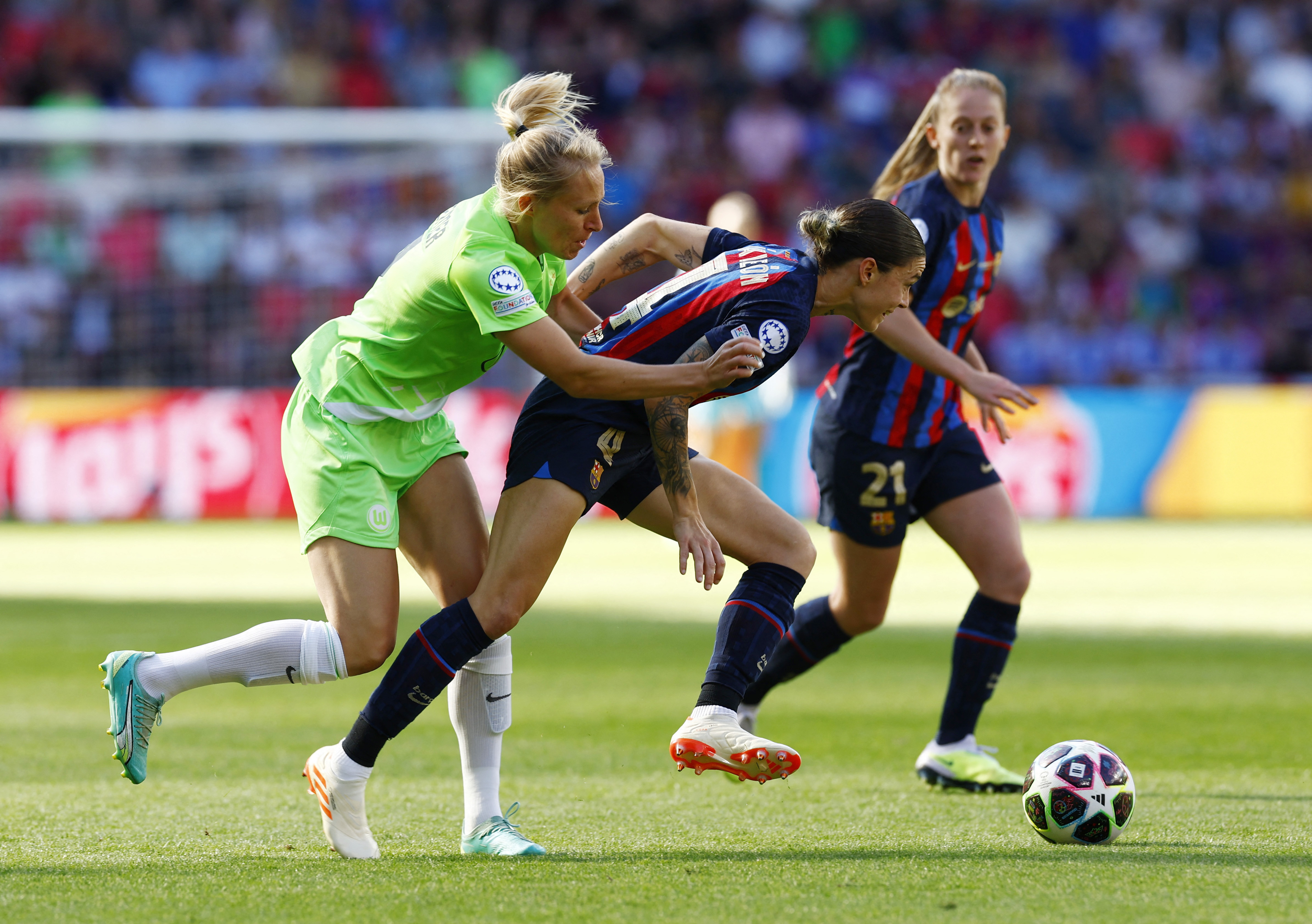You are viewing 1 of your 1 free articles
Different but the same?

Paper title: Menstrual cycle changes joint laxity in females—Differences between eumenorrhea and oligomenorrhea
Publication: Journal of Clinical Medicine
Publication date: June 2022
INTRODUCTION
Anterior cruciate ligament (ACL) injury is more common in women than in men. Clinicians partly attribute the differences in the incidence to the influence of female sex hormones. Knee joint laxity is postulated as a risk factor for ACL injury and alters due to changes in hormone levels during the menstrual cycle. The decrease in hormonal concentrations may affect ligament laxity leading to higher ACL injury rates in those women who do not take oral contraceptives (OC) compared to those who do. However, most studies on joint laxity across the menstrual cycle have been conducted among eumenorrheic women, which limits a detailed understanding of the effects of female hormones on joint laxity. Therefore, this study sought to determine changes and differences in joint laxity during the menstrual cycle among eumenorrheic and oligomenorrheic women.
METHODOLOGY
Researchers included 19 non-athletes (eleven eumenorrheic, eight oligomenorrheic) and 15 athletes (eight eumenorrheic, seven oligomenorrheic). Anterior knee laxity (AKL), general joint laxity (GJL), and genu recarvatum (GR) were measured using a cruciate ligament tester, the Beighton method, and hyperextension apparatus, respectively. These were repeated eight times in each of the four phases of the menstrual cycle.
RESULTS AND CLINICAL IMPLICATIONS
The study results showed that GR was significantly higher in the late follicular, ovulation, and luteal phases than in the early follicular phase. However, researchers found no difference between athlete groups. In non-athletes, knee stiffness was significantly higher in the oligomenorrhea group versus the eumenorrhea group, but GJL and GR were similar. Genu recarvatum in athletes was significantly higher in the late follicular, ovulation, and luteal phases than in the early follicular phase. Oestradiol may affect the stiffness of the periarticular muscles in the knee, suggesting that GR in female athletes may change during the menstrual cycle. This suggests that female athletes with lower muscle stiffness may be more susceptible to changes in joint laxity and injury risk than non-athletes. Additionally, female athletes may be at increased risk of ACL injury from the late follicular phase to the luteal phase, which may necessitate the need to develop injury prevention methods that consider the cyclical nature of the menstrual cycle.
Related Files
Newsletter Sign Up
Subscriber Testimonials
Dr. Alexandra Fandetti-Robin, Back & Body Chiropractic
Elspeth Cowell MSCh DpodM SRCh HCPC reg
William Hunter, Nuffield Health
Newsletter Sign Up
Coaches Testimonials
Dr. Alexandra Fandetti-Robin, Back & Body Chiropractic
Elspeth Cowell MSCh DpodM SRCh HCPC reg
William Hunter, Nuffield Health
Be at the leading edge of sports injury management
Our international team of qualified experts (see above) spend hours poring over scores of technical journals and medical papers that even the most interested professionals don't have time to read.
For 17 years, we've helped hard-working physiotherapists and sports professionals like you, overwhelmed by the vast amount of new research, bring science to their treatment. Sports Injury Bulletin is the ideal resource for practitioners too busy to cull through all the monthly journals to find meaningful and applicable studies.
*includes 3 coaching manuals
Get Inspired
All the latest techniques and approaches
Sports Injury Bulletin brings together a worldwide panel of experts – including physiotherapists, doctors, researchers and sports scientists. Together we deliver everything you need to help your clients avoid – or recover as quickly as possible from – injuries.
We strip away the scientific jargon and deliver you easy-to-follow training exercises, nutrition tips, psychological strategies and recovery programmes and exercises in plain English.




